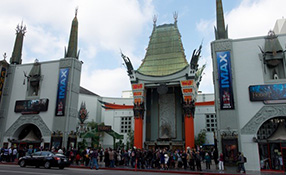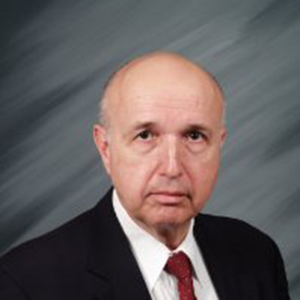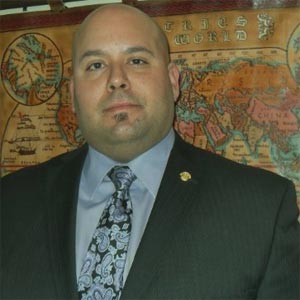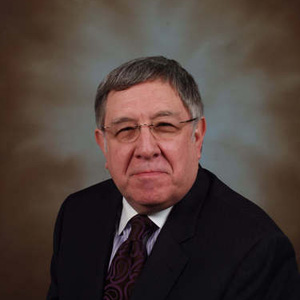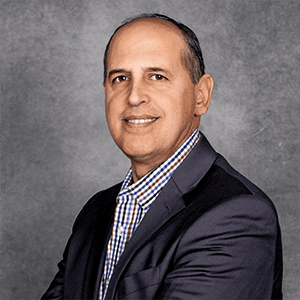Bill Farrar
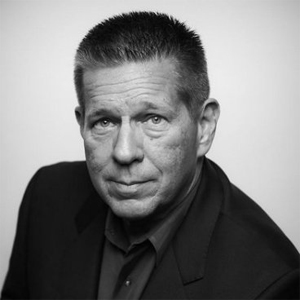
Bill Farrar
Sr. Vice President, Andrews InternationalBill Farrar before serving in his current role providing strategic direction and leadership for AI, held multiple positions with the LAPD including Detective and Vice Investigator roles. He also held a prior Top Secret Clearance for POTUS protection assignments and helped develop and oversee the Hollywood /Sunset Vine Business Improvement District Security.
News mentions
Today, the once crime-ridden area of Los Angeles is a flourishing shopping and tourist mecca Los Angeles struggled with a rising crime rate. Constant crime plagued the historic area...
USA, a national security company with over 46,000 employees, introduced its Active Shooter Programs in 2013 U.S. Security Associates (USA) is helping clients and communities prepare...
